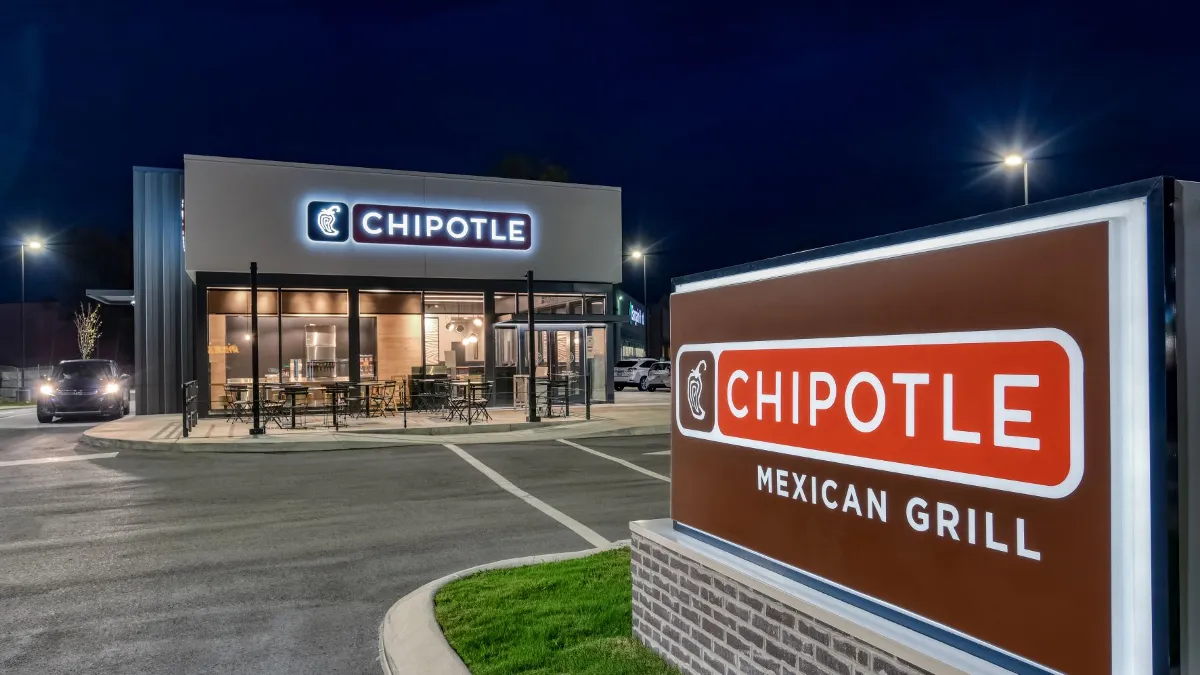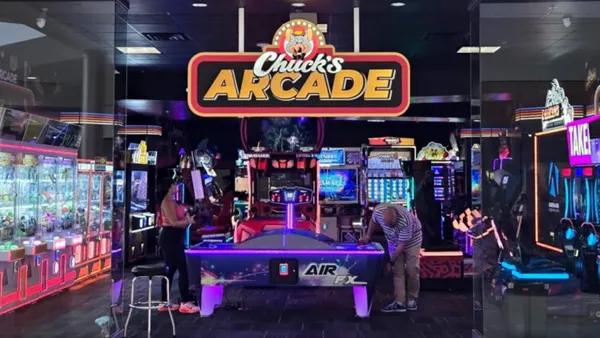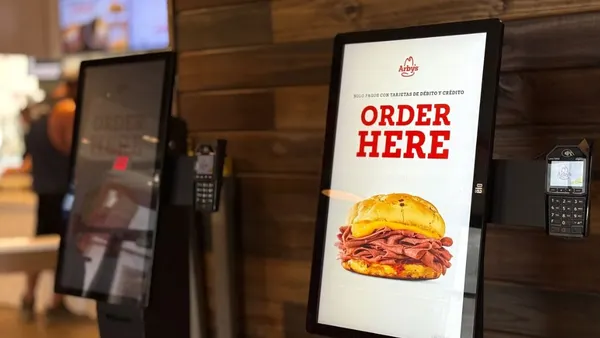This is the fourth article in a series exploring strategies chains are deploying to overcome challenges as they expand their drive-thru channels.
In 2018, Chipotle was facing a problem. While same-store sales and transactions were up, customers felt the chain had too few restaurants. Diners were frustrated that the only way to buy from Chipotle was to order inside a restaurant, said Tabassum Zalotrawala, Chipotle’s chief development officer.
“[We focused] on one, how we can become more visible and relevant and two, how can we extend access and convenience so we let people Chipotle when, where and how they want,” Zalotrawala said. “And how can we leverage technology and innovation to drive that digital growth?”
One way to bring all of these elements together was a mobile order pickup window, later dubbed the Chipotlane. The chain leveraged its app and online ordering capabilities to let customers order their food without waiting in line behind another car or giving their order to a speaker box, Zalotrawala said.
Transactions at a Chipotlane take less than 30 seconds, far less than a traditional drive-thru, Zalotrawala said. Taco Bell’s drive-thru speed of service time averages 221 seconds, for example, which is the fastest restaurant drive-thru time for 2022, according to a QSR Magazine report on the 10 quickest drive-thru chains. Chick-fil-A, which had the worst speed of service time of those brands, came in at 325 seconds.
“By 2019, we saw promise in the concept,” Zalotrawala said. “We could see that the sales margins and returns are far higher in restaurants that had a Chipotlane versus non-Chipotlane.”
In November, Chipotle opened its 500th Chipotlanes and most of its future pipeline will contain these pickup lanes. This year, the company is on track to open between 235 and 250 restaurants, 80% of which will have a Chipotlane, CFO Jack Hartung said in October during an earnings call. It is also targeting 255 to 285 restaurant openings in 2023, and 80% of new restaurants in 2022 and 2023 will feature Chipotlanes. This channel, which generates roughly 15% higher sales than a traditional Chipotle restaurant, led to a shift in real estate, construction and labor strategy, Zalotrawala said.
“Our priority for development will always be the Chipotlane,” Zalotrawala said. “Wherever possible, whenever possible, we want to try to work really hard to get that pickup window.”

Overcoming initial challenges
The company shifted gears, even revising some pending leases to convert buildings to include a pickup window with a vehicular lane, Zalotrawala said.
“It’s one thing if you’re building 10 restaurants a year to make that change, but imagine implementing those changes into over 200 restaurants that are opening that year,” Zalotrawala said.
Going back and adding a pickup window to sites that were already approved was difficult. Construction plans had to be redrawn and the permitting processes redone, Zalotrawala said. This took a lot of coordination among various departments — including the operations services team, which innovates around equipment — and the operations team in the field to see what worked and what didn’t work, she said.
“Adding the Chipotlane pretty much required a redesign of our restaurant, both dining and kitchen … and that was a pretty mammoth task for us,” Zalotrawala said.
Digital makelines needed to be an exact replica of the frontline, which for Chipotle meant making sure there were full pans that held cold and hot wells, she said. Staff also needed to work in the exact same manner as they did at the front line
Figuring out the right amount of labor was a learning process, she said. The operations team in the field and operation services team, which innovates around equipment, crunched numbers to see how many employees were needed on the digital makeline and how much that would cost. Chipotlanes typically contribute about $1 million to restaurants annually, so staff needed to be in place to run restaurants efficiently and with speed and accuracy, she said.
Chipotle learned quickly that it needed to acclimate consumers to the pickup windows. During the first few months, customers didn’t realize the window was exclusively for mobile order collection, and would drive to the window to try and order. That required staff telling guests that if they ordered online, they could pick up orders from that window.

Streamlining conversions and remodels
Before Chipotlanes the company sought out end cap or freestanding locations, but not real estate that could accommodate a drive-thru window. When it shifted that strategy, Chipotle needed to be clearer with developers and landlords about interest in potential sites, including buildings with old drive-thrus like banks or defunct restaurants, Zalotrawala said. Chipotle has already made numerous bank conversions because banks tend to have a pickup window, or at least the ability to add a pickup lane, she said.
“Between conversions and being clear about what we’re looking for in terms of the development strategy with our landlords and with our developers, we’ve been able to accelerate this pipeline very quickly,” Zalotrawala said.
The company also continues to do a complete analysis of its portfolio of restaurants to figure out which ones are physically able to add a Chipotlane, Zalotrawala said.
A lot of that process involves analyzing how long is left on a lease. If a lease is up in less than five years, then it’s not a good candidate, she said. Chipotle will review a restaurant’s sales and comps performance to determine if there is enough room at the site to add that vehicular lane, she said. The company will also consider whether it can get a permit from local authorities and from the unit’s landlord to approve the conversion. It also takes total investment costs into consideration.
The company developed a better way to do remodels to reduce the amount of closure time, as well. For the first two or three projects, the restaurants were closed for three to six days. But the team quickly innovated and partnered with its general contractors and other vendors, operations partners and facility partners to figure out exactly how it could change the construction schedule and modify restaurant hours to avoid a full closure.
Every remodel that Chipotle did in 2021 had zero closure time, Zalotrawala said. Construction takes longer when the restaurant stays open, but Chipotle is still able to complete the remodels in a week or two, she said.
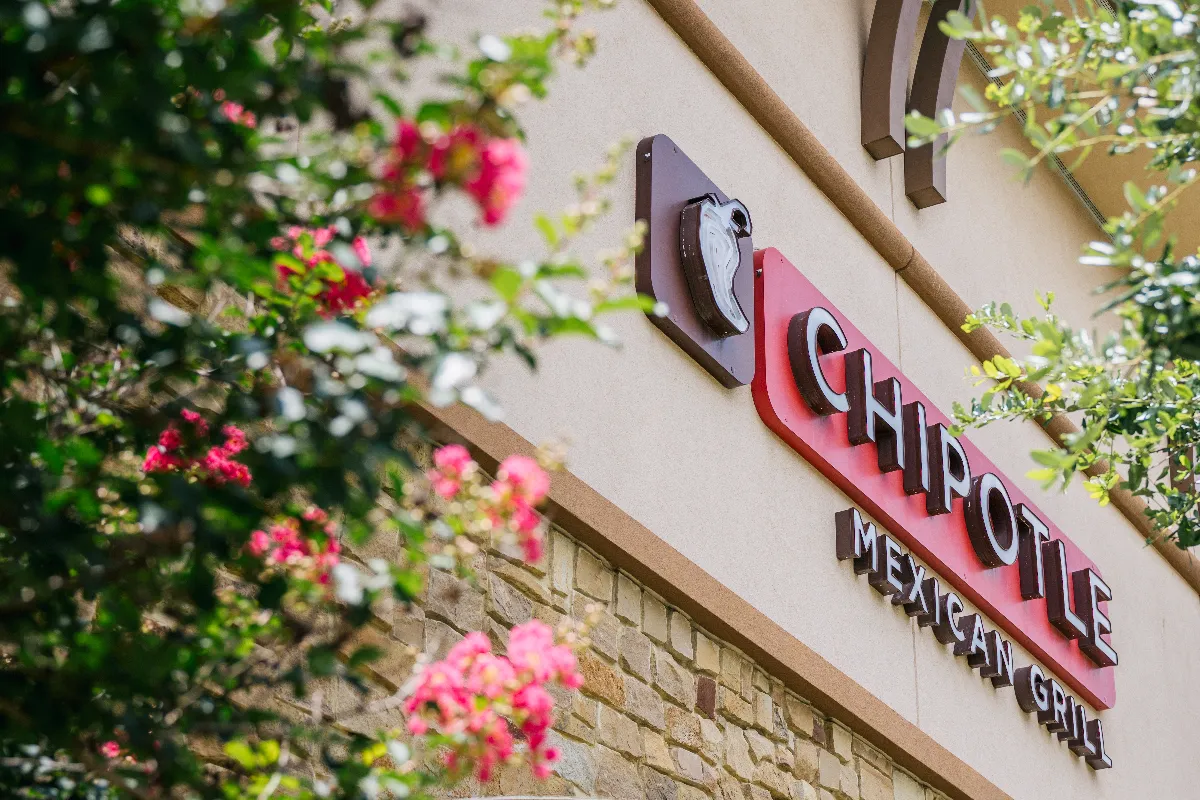
Overcoming building delays
Despite overcoming a lot of initial challenges to develop Chipotlanes, one problem is unlikely to resolve itself anytime soon: permitting.
“Permitting has become an onerous process, Chipotlane or no Chipotlane. Things that were taking maybe 60 to 90 days are now taking 180 days to permit,” Zalotrawala said. “A development [taking] 12 to 18 months is now easily 18 to 24 months. It’s a rare case when we can approve a piece of real estate and open the store in 12 months.”
Even before the COVID-19 pandemic, permitting took a long time — likely due to the heavy workload for prospective developers in the midst of a bustling development period. During the pandemic, a lot of restaurant companies stopped developing, but have now pushed forward with their projects, adding to the amount of permits cities are processing.
To get buy-ins for Chipotlanes, the company has numerous conversations with city officials to show them that these pickup lanes don’t end up creating 20- to 30-car stacks like traditional drive-thrus, Zalotrawa said. Chipotlanes don’t have back-and-forth conversations at the speaker boxes or customers making payments at the window, avoiding traditional delays, Zalotrawala said.
“That’s what differentiates us from QSR, because we have none of that,” she said.
Chipotle provides videos and images to show city officials how Chipotlanes compares to traditional drive-thrus, what it would look like and illustrate the benefits that come with the channel, such as bringing more people into a shopping center without adding to the general traffic.
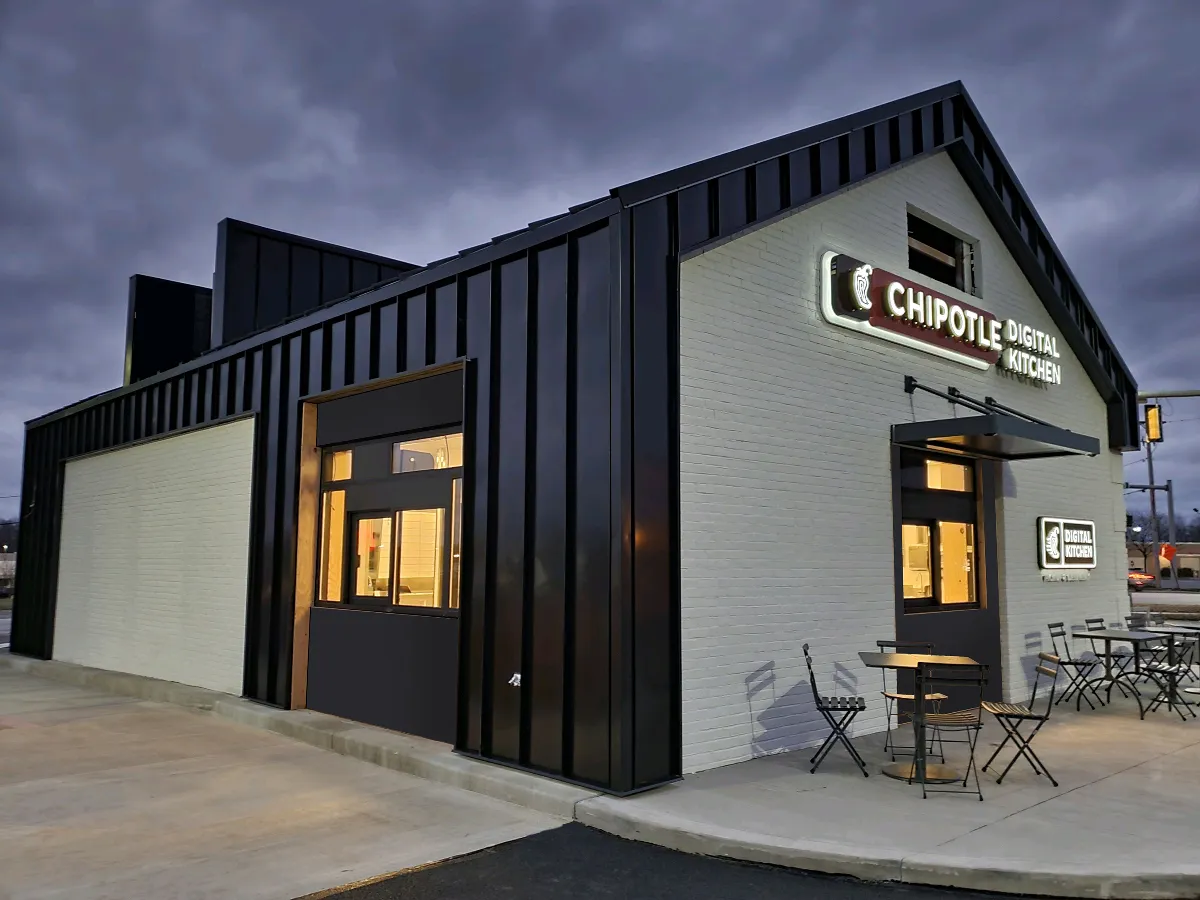
A future filled with Chipotlanes
With Chipotle aiming to reach 7,000 restaurants in North America and growing at a rate of 8% to 10% of units each year, there will be more opportunities to build Chipotlanes. Chipotle is expanding its presence in small towns in the U.S. Small town restaurants tend to have comparable margins and returns to the company average, CEO Brian Niccol said during an October earnings call. Opening day sales for a small town in Texas set a new company record, he said. Compared to urban restaurants where rent is higher, small town restaurants require less investment, CFO Jack Hartung said.
The company doesn’t have the ability to add Chipotlanes in dense urban areas, Zalotrawala said, adding that the next big question has been how to make Chipotle more accessible, convenient and visible to its guests in these regions. One solution is a digital pickup window for foot traffic. The company originally tested the walkup windows near Wrigleyville in Chicago and saw a high user adoption.
“That’s been another enabler for the Chipotlane strategy, where if you are in an urban area, we can design a walkup window versus a vehicular window,” she said.
The company isn’t just innovating with walkup windows, either, but is also testing alternative formats like the Digital Kitchen it opened outside of West Point in Highland Falls, New York, to provide pickup- and delivery-only service. It doesn't include a dining room or full service line.
Chipotle also opened its first Chipotlane Digital Kitchen at the end of 2021, which has no dining room or front line and allows guests to pick up digital orders through a drive-up or a pickup window. The company chooses to test new formats in some of its established markets where it may have one restaurant for 25,000 people and could benefit by adding a smaller format store that just has a Chipotlane to service more of those customers.
“My team remains focused on making sure that every new restaurant we add to our pipeline has this convenient channel where guests can Chipotle a different way,” Zalotrawala said.



